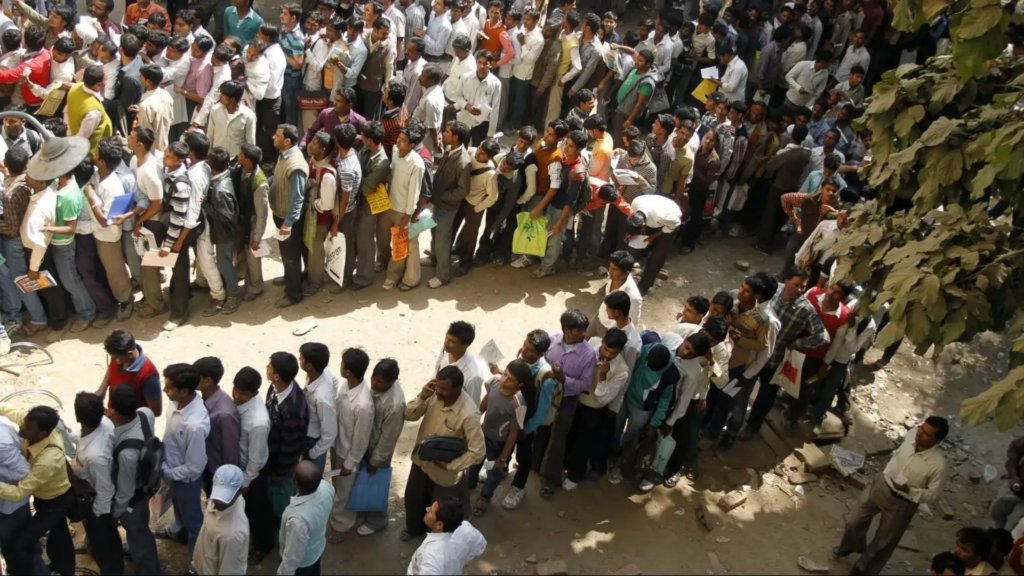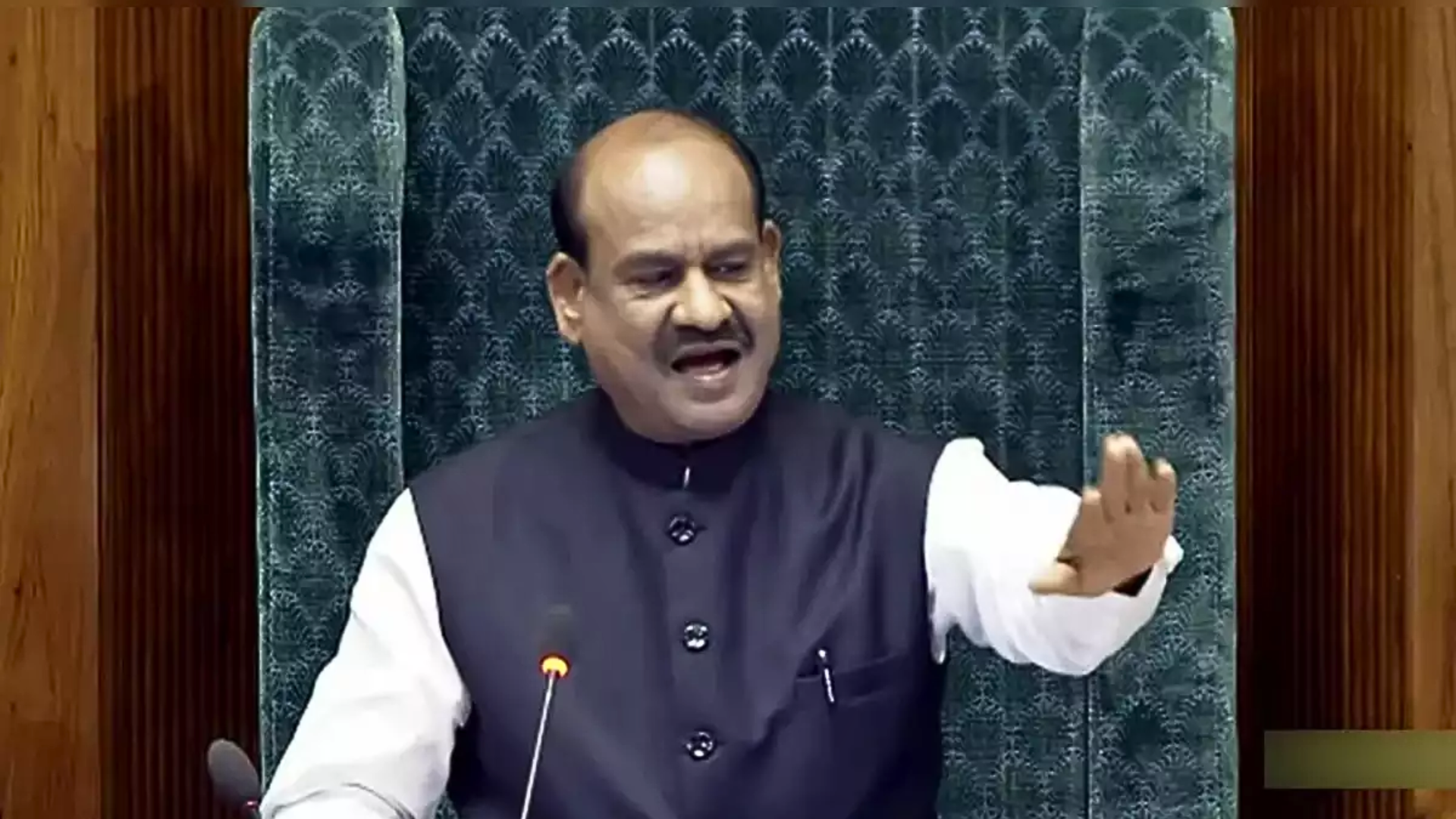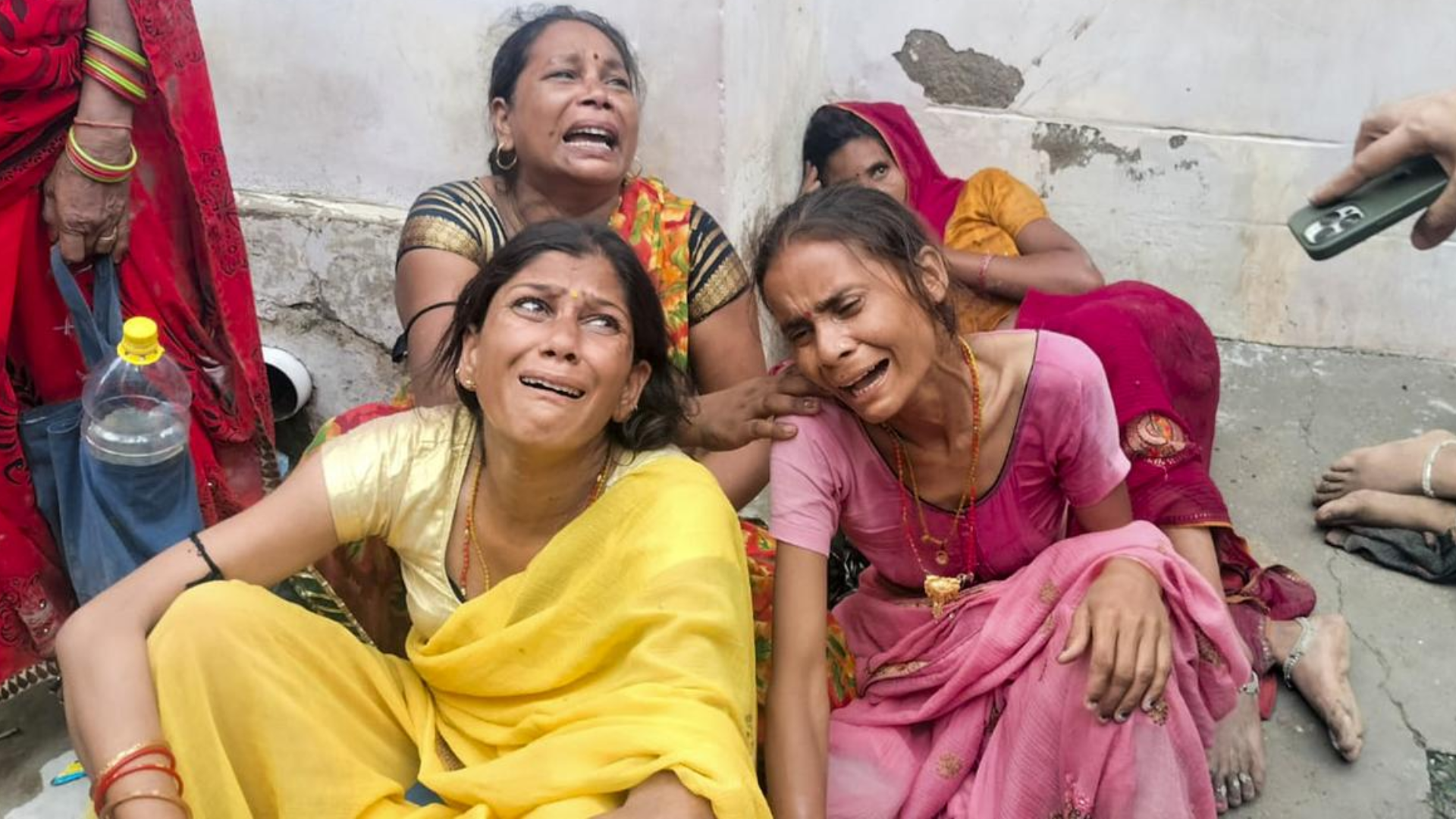83% of jobless Indians are youth: ILO report

According to the India Employment Report 2024, jointly released by the International Labour Organisation (ILO) and the Institute of Human Development (IHD), India’s youth are confronted with persistent challenges related to escalating unemployment rates, with nearly 83 per cent of the unemployed population belonging to this demographic.
The report highlights that almost 83 per cent of India’s jobless individuals are young, and the proportion of young people with at least a secondary education among the total unemployed youth has nearly doubled from 35.2 per cent in 2000 to 65.7 per cent in 2022.
Chief Economic Adviser V Anantha Nageswaran, in releasing the study, emphasised that youth employment and underemployment experienced an upward trend between 2000 and 2019 but declined during the pandemic years. However, he noted that educated youths faced significantly higher levels of unemployment during this period.
Between 2000 and 2018, the labour force participation rate (LFPR), worker population ratio (WPR) and unemployment rate (UR) demonstrated a sustained decline, but they showed signs of improvement after 2019. This improvement coincided with periods of economic distress, except for two peak COVID-19 quarters. The report’s authors cautioned that this improvement should be interpreted cautiously due to questions about the sustainability of jobs created during the slowdown period.
Despite some paradoxical improvements in labour market indicators over the past two decades, the report underscores the persistent issue of insufficient growth in non-farm sectors. Although non-agriculture (non-farm) employment outpaced agricultural employment before 2018, labour from agriculture primarily transitioned to the construction and services sectors.
Furthermore, nearly 90 per cent of workers engage in informal employment, while the proportion of regular employment, which steadily rose after 2000, declined after 2018.
The report highlights widespread livelihood insecurities, with only a small fraction benefiting from social protection measures, particularly in the non-agricultural organised sector. Moreover, contractual employment has seen an increase, leaving only a small percentage of regular workers covered by long-term contracts.
Despite India’s substantial young workforce being often regarded as a demographic dividend, the report points out deficiencies in their skill sets. A significant portion of youth struggles with basic digital literacy tasks, with 75 per cent unable to send emails with attachments, 60 per cent unable to copy and paste files and 90 per cent unable to input a mathematical formula on to a spreadsheet.







